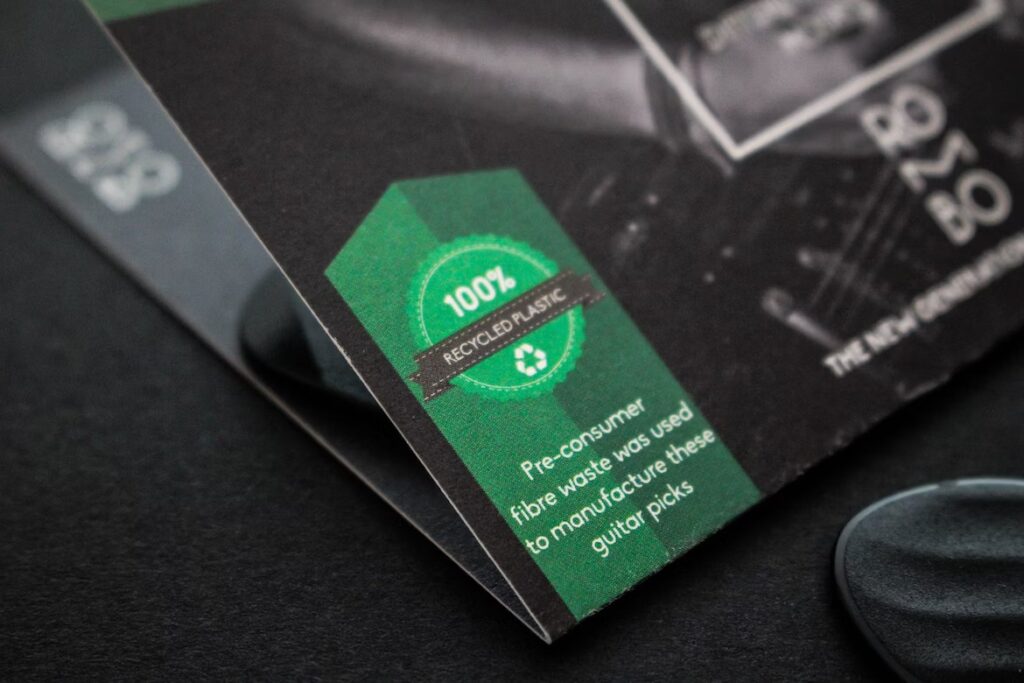Photo by Paula Prekopova on Unsplash
Promoted by FreshBooks
It’s becoming increasingly difficult to ignore the fact that we’re living in an environmental crisis. Anxieties surrounding global warming and the associated social and economic consequences are mounting by the day. Climate change threatens the status quo that we’ve become so comfortable with. It’s clear; sustainability is no longer an option; it’s an absolute necessity.
In light of these concerns, the world of business has had to adapt accordingly. “Green businesses” that prioritize the triple bottom line acknowledge the fact that financial, social, and environmental sustainability are becoming more and more intertwined. The success of one is tied to the other, and thus, this new business model is rising in popularity.
What is a Green Business?
‘Green business’ is an umbrella term for companies who specialize in the creation and sale of products or services that have a substantially reduced environmental impact. This business may create something innovative that explicitly strives to tackle global warming. Or, it may sell a familiar product or service that has a reduced carbon footprint associated with its production.
What is the Triple Bottom Line?
The ‘triple bottom line’ is a conceptual framework in business, specifically within the realm of accounting. The ‘triple’ refers to the fact that it simultaneously prioritizes environmental, social, and economic concerns.
This framework has proven successful for ensuring the longevity of green businesses in competitive international markets. In fact, the triple bottom line has even been used as a metric to analyze business value in a comprehensive and holistic manner.
Financial Sustainability
At the end of the day, even the most environmentally conscious individual needs to ensure that their business model is profitable. This is challenging for any entrepreneur; regardless of experience or startup capital. Financial sustainability is particularly frightening when running a green business as you’re stepping into a new field that still caters to a somewhat niche market.
It’s important to remember that in the wake of the climate crisis, 85% of consumers have already adopted greener purchasing habits. If you launch your business in the right direction, your customer base should grow exponentially over the next few years.
The primary driver of financial sustainability is an effective marketing strategy. Hire employees who can establish a marketing campaign and social media presence that sells your product or service while emphasizing the environmental and social sustainability element of your green business. This is the most effective way to generate interest—which leads to income. Quality marketing encourages engagement and customer re;ationships, and this leads to retention too.

Photo by Pawel Czerwinski on Unsplash
Social Sustainability
We’ve established that profit is an essential driving force behind any business. For green businesses concerned with the triple bottom line, social and environmental sustainability matter too.
Social sustainability refers to a business’ positive social impact. This can manifest in many different forms. Some businesses may prioritize individual empowerment through educational or training initiatives. Others may prefer to emphasize community resilience through the provision of resources. Regardless of your business’ social sustainability angle, it should be informed by principles of equity and justice.
The first step to making your green business socially sustainable is ensuring that your treatment of employees is compassionate and fair. This includes fair living wages or salaries and comfortable working conditions that support your employees’ overall mental and physical wellbeing. Don’t skimp on essential resources or perks just because you can. This is not socially sustainable.
But social sustainability goes beyond a business’ treatment of its employees. It also refers to the relationship that your green business has with the wider community. You may choose to be involved with nearby communities by offering training initiatives, school sponsorships, or direct donations to worthwhile projects that align with the triple bottom line. Or perhaps you can install a green roof at a nearby school or supply a solar power system.
Hiring directly from nearby communities is another form of social sustainability. Doing so ensures that business profits effectively filter into the external world, bolstering neighboring livelihoods. It should be noted that these gestures of goodwill are socially beneficial while also bolstering your green business’ reputation.
Environmental Sustainability
The final component of a green business’ triple bottom line is environmental sustainability. This refers to the ways that you can bolster your business’ capacity to minimize carbon emissions whilst actively contributing to ecological conservation efforts.
Environmental sustainability starts with your business’ internal operating procedures. Start with an energy audit and analyze every facet of your operation. Identify which areas demand the most energy and water use, as well as the activities that generate the greatest amount of waste.
Invest in energy-efficient appliances and, if possible, green infrastructure and a system of renewable energy generation. Green infrastructure has shown to have numerous benefits for human wellbeing, ecological preservation, and heat management in urban centres. Solar panels may feel like a substantial investment, but renewable energy is a core component of sustainability for any green business. Furthermore, it’s likely cheaper than paying for electricity in the long run.
Reducing carbon emissions is the first half of environmental sustainability.
The second entails a more proactive approach to conserving natural ecosystems. You could do this by establishing your own reforestation project or you may choose to financially contribute to existing conservation efforts. If you opt for the latter choice, always verify the legitimacy of the organization you wish to donate to. Ensure that their intentions and actions genuinely align with your business’ morals and principles.

Photo by Mariana Proença on Unsplash
The Triple Bottom Line: A Win-Win-Win
Your green business can have it all.
If you strategize efficiently and plan properly, you can run a company that satisfies economic, social, and environmental sustainability requirements. While pursuing the triple bottom line may require large initial investments, the trio of long-term benefits associated with this outweighs the start-up costs. Initially, it may also be tricky to work out how to calculate profit margin on non-tangible investments such as social sustainability, but you’ll soon see the ROI as they take hold.
As we’re living through the epoch of the Anthropocene, the world is becoming increasingly conscious of the financial, social, and environmental risks associated with climate change. The triple bottom line ensures that green businesses can keep up.
 Greenroofs.comConnecting the Planet + Living Architecture
Greenroofs.comConnecting the Planet + Living Architecture










